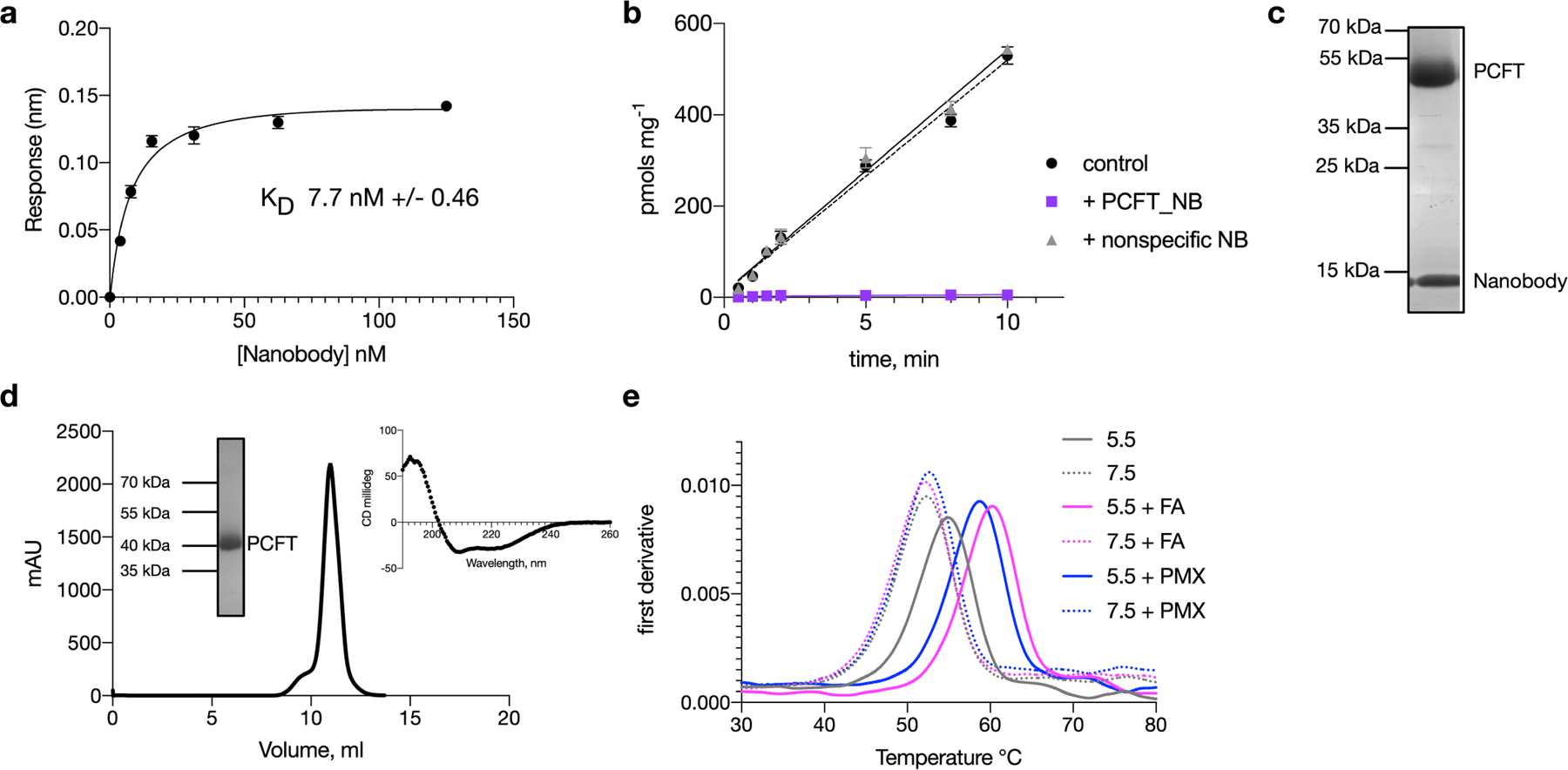Extended Data Fig. 2 |. Characterization of high-affinity nanobody to PCFT.

a, The nanobody identified from a naive llama library has a KD of about 8 nM for PCFT binding. n = 3 independent experiments, calculated mean ± s.d. shown. b, The nanobody blocks uptake of folic acid into liposomes containing PCFT, whereas a non-specific nanobody has no effect. n = 3 independent experiments, mean and s.d. shown. c, SDS–PAGE analysis of the PCFT–nanobody complex after size exclusion. Experiment was performed four times with similar results. d, Representative gel filtration trace of chicken PCFT in DDM:CHS detergent at pH 6.5. The protein elutes as a monomer of about 50 kDa. Insets show Coomassie-stained SDS–PAGE gel of the purified PCFT protein and circular dichroism analysis. Experiment was repeated eight times with similar results. e, Analysis of the thermostability of PCFT under different pH conditions (7.5 and 5.5) indicates that acidic pH stabilizes the protein. The presence of both folic acid (FA) or pemetrexed (PMX) further stabilize the protein, but only at acidic pH. Experiments were repeated three times with similar results.
